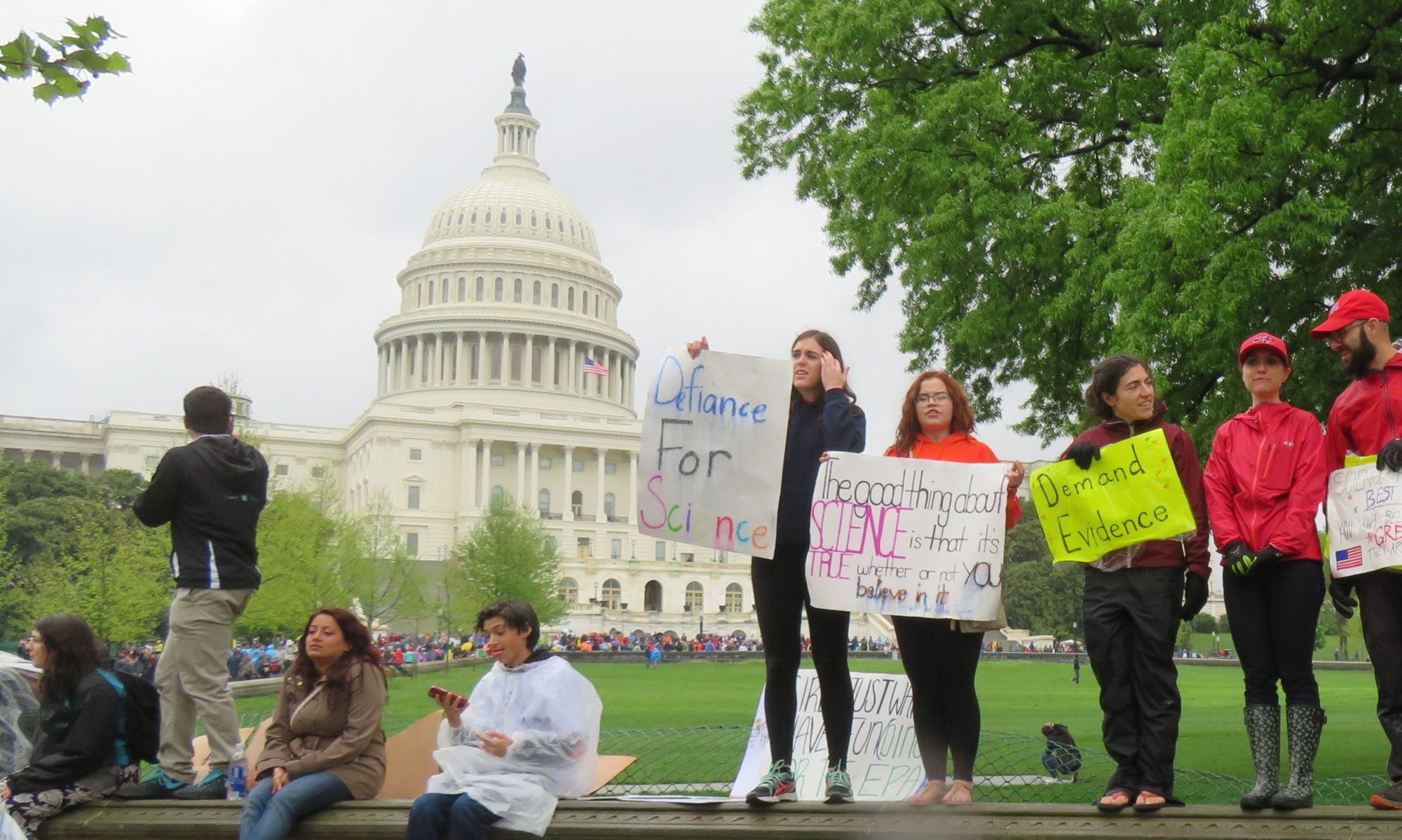Party in the Street was reviewed by Say Burgin in the August 2016 issue of the Journal of American Studies.
Here is the review:
Heaney and Rojas provide a compelling way of understanding how the post-9/11 antiwar movement marshalled itself, framed its demands, and fizzled. In examining what they theorize as the “party in the street,” “the interaction between political parties and social movements” (7), they convincingly suggest that the extent of overlap, the strength of individuals’ or organizations’ partisan identification, and the level of support shown by politicians can spell promise or doom for movements.
At the crux of their study are two related suggestions: that political parties generally offer more effective points of identification than social movements, and that within the contemporary context of “high partisan polarization” (239) partisanship will often frame social-movement actors’ views of policy. Thus the fact that a Republican in the White House initiated the invasion of Iraq and the occupation of Afghanistan meant that Democrat-identified organizations and individuals helped to grow the antiwar movement. Between and , peak years for the movement and Republican control of the White House and Congress, partisan identification was a primary motivation for roughly a quarter of antiwar protestors. However, this percentage was halved in – as Democrats took control of Congress, and during –, coinciding with President Obama’s first year in office, it dropped to percent. Thus “partisanship manifested as opposition to the Republican Party, rather than support of the Democratic Party” (107-8).
Despite the fact that Obama’s policies towards Iraq and Afghanistan represented continuity with rather than departure from Bush’s – a notion that people who strongly identified with the movement clearly saw – that Democrats began making decisions about the ongoing occupation of Iraq and war in Afghanistan made it more difficult for Democrat-identified persons to reconcile their antiwar and partisan sentiments. More so than individuals, coalitions like United for Peace and Justice and Act Now to Stop War and End Racism sought to capitalize on the Democratic capture of Congress, so partisan motivations were still strongly at work in organizations in 2007-8. Within the crowded context of antiwar networks, Heaney and Rojas’s research found that “four majority. Democratic groups” (MoveOn, Code Pink, the Democratic Party itself, and Impeach Bush) (142) were especially effective in these years. Yet with Obama’s election, Democrat-identified groups also “made decisions to pull back their antiwar involvement” (171).
Key to understanding why these demobilizations occurred, Heaney and Rojas suggest, is that any “party in the street” constitutes “intersectional” identities. When one’s party and movement interests (and identities) align, movements can make big gains. However, when these interests diverge, it becomes difficult to reconcile these conflicting aspects of one’s identity (e.g. how to be a Democrat dove and oppose Democrat-supported wars). Generally, the authors maintain, political parties win out. Hence Democrats threw a large “party in the street” in the mid-s but helped to ensure that the party of the following years was much smaller.
Compelling as this claim is, I was not convinced by the use of the concept of intersectionality here. Indeed, I fear the authors misused this concept because their discussion largely centered on competing and multiple identities. Intersectionality helps us to understand how relations of power “interlock,” to borrow the Combahee River Collective’s term, and how the process of such interlocking comes to shape individuals’ lives. However, Heaney and Rojas essentially distill intersectionality into the presentation of choice, the ways in which competing interests compel activists to decide which aspect of their identity is more important. In their analysis, “intersectional identities…were critical lenses through which actors interpreted events and decided where to focus their energy” (229, my emphasis). It is not that intersectionality, as a theoretical framework, dismisses notions of agency; it doesn’t, but it is reductive to distill it to such. So while it is crucial that we understand that activists choose to leave movements, it seems more apt to discuss this as a phenomenon of competing identities.
One of the most impressive aspects of Party in the Street is the sheer volume of research it entailed – “the largest survey of participants in a single social movement ever conducted” (103). Surely this feat is in part a product of Heaney and Rojas’s interdisciplinary teamwork, and they rightfully call for “more active collaboration between political scientists and sociologists” (242) to further elucidate the connections between party politics and social movements. I would urge that historical specificity also be taken into account. For while Heaney and Rojas’s account provides an important overview of the relationship between partisanship and movements, it also took on a timeless quality that ignored the character of the particular presidencies and parties that drove so much mobilization and demobilization. Surely such attention can only further our understanding of the significance of any party in the street.
University of Leeds
Say Burgin

